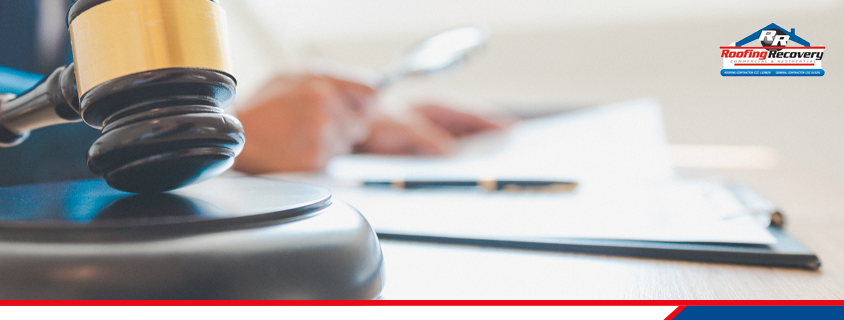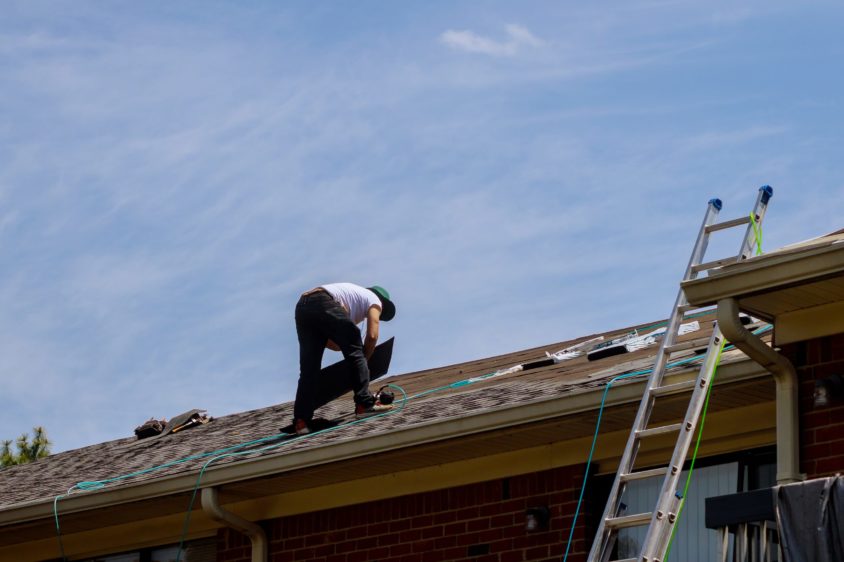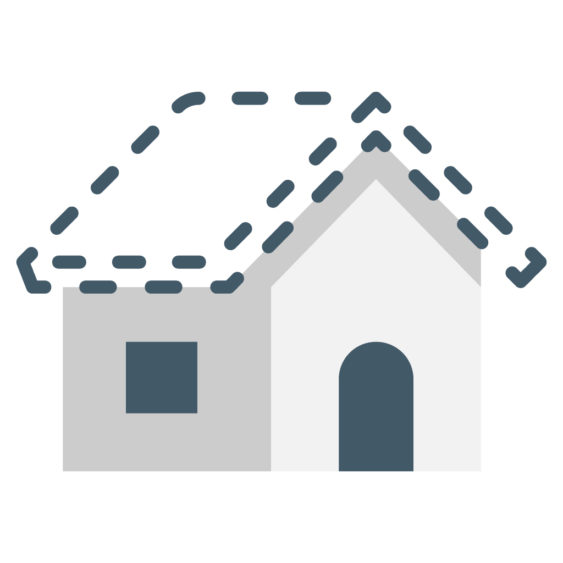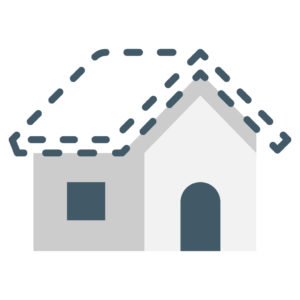Your roof is one of the most important parts of your house, so it’s necessary to keep an eye on it and fix any problems before they become serious. Roofing issues can be complicated and expensive to fix as well as cause damage to other areas of your home, so it’s best to take action straight away if you suspect something is wrong. We’ll cover the most common roofing problems here, along with how you can tell if there’s a problem (and what causes them) before they get worse and require more costly repairs:
Roof leaks are the most common roofing problem for homeowners. They can be caused by several things, including:
- Dirt and debris buildup on the roof
- Damaged or missing shingles
- Cracked flashings around vents and skylights, allow water to get inside the home’s walls or attic space
6 Most Common Roofing Problems:
Blocked Drains and Gutters
Blocked drains and gutters can cause water to leak into the roof and lead to extensive damage. To check for blocked drains, look for pools of water on your property.
How to fix a blocked drain:
- Clear any debris from the area around your downspout or gutter (such as leaves). You may also want to remove any clogs with a wire hanger or stick if necessary.
- If you see any obvious signs of damage or wear within either system, such as cracks in tiles or mortar joints, consider replacing these areas immediately before they become worse by leaking more water into them over time
Faulty Flashing
Flashing provides a waterproof barrier that prevents water from getting into your home between the roof covering and the structure of your home, such as around chimneys.
It’s important to check for faulty flashing if you notice any leaks in your attic or around windows, doors, and vents.
Faulty Gutters or Downspouts. If you have gutter systems in your home, they should be cleaned regularly (once per year) to keep them functioning properly and drain water away from where it could cause damage inside your home or even underlayment issues with new roofs installed over old ones without removing all debris first!
Broken Shingles or Tiles
If a small number of shingles or tiles are damaged, you can replace them yourself, but this may not be a good idea if you have a lot of broken ones.
If you have a small number of broken tiles or shingles, you can replace them yourself. However, if you have a lot of broken ones, it’s time to call in the professionals. If there are enough damaged tiles or shingles on your roof that need replacing, it may be best for them to completely replace your entire roof rather than just patch up some holes here and there.
Structural Damage
If your roof has sustained structural damage, this will require significant repairs or even replacing your entire roof!
Structural damage can be caused by a variety of things, including tree branches or a fallen tree, fire, wind damage, or vandalism.
If you suspect structural damage to your roof and want to get it repaired yourself then make sure that you call a professional before beginning any project.
Valleys In Your Roof That Are Deteriorating Due To Ice Dams Or Wear And Tear Over Time.
Valleys in your roof are the areas that are lower than the rest of your roof. They can be caused by ice dams, wear and tear over time, and other factors. If you have valleys in your roof, they need to be fixed as soon as possible because they will lead to further damage if left unattended.
If you have a valley in your shingle or slate material (as opposed to metal) it’s important that you repair it immediately before water begins leaking through this area onto whatever lies below–like insulation or drywall panels!
Attic Moisture Buildup Or Mold Growth And Water Stains On The Ceiling Inside Your Home Could Indicate A Water Leak Coming From Your Roof And May Need Repairs To Stop Further Damage From Occur
Mold is a type of fungus that can grow on any surface, including wood, drywall, and insulation. It loves moisture and will thrive in the warm, moist environment of your attic. Mold spores are tiny and float through the air inside your home where they land on surfaces like windowsills or walls. The spores then begin growing into colonies of mold that can spread quickly if not removed right away.
Mold growth happens when there’s too much moisture in your home’s air–usually because water leaks have been left unchecked for too long without being repaired by a professional roofing contractor or homeowner himself/herself (if he/she is handy). This can happen even if there isn’t any visible evidence of leaking anywhere else inside your house; for example:
- A leaky roof may cause water stains on ceiling tiles inside bedrooms above it which may contain mold growths later down the line if left untreated for too long before being repaired properly
Even the most common roofing problems may be difficult to spot with your naked eye. However, if water damage is already evident inside your home or if there are other signs of an imminent leak such as mold growth on walls or ceiling stains from rainwater leakage through cracks in the roofing material itself (as opposed to just dirt buildup), then by all means call in a professional immediately so they can assess how much work needs doing ASAP before things get worse.
Looking for a reputable roofing contractor to address your roofing problems? Roofing Recovery is one of the outstanding roofing contractors in South Florida with superb quality, customer service, and extensive experience. Call 954-799-4069 to request a quote today!





























